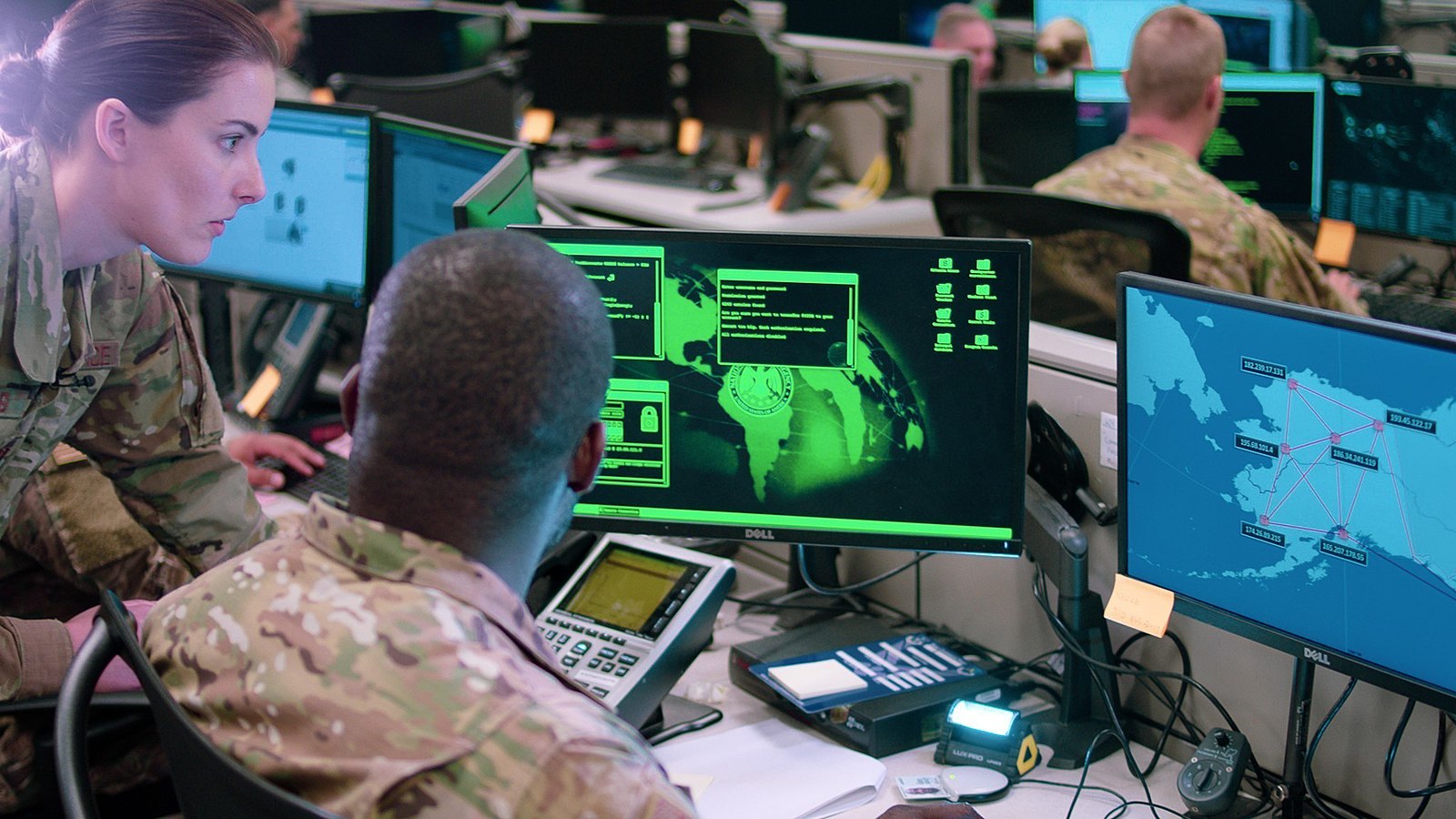Drone Registration, Part II
In an earlier post, I advanced the idea that the drone registration process could be used to make actual drone operation safer.
In principle, there are two approaches to make drone operation safer. Approach 1 (the approach I took in my original posting) is to maintain a keep-out bubble around airplanes in flight by giving airplanes a transmitter that could deactivate nearby drones. Approach 2 is to enforce no-fly zones around sensitive areas (such as airports).
Published by The Lawfare Institute
in Cooperation With

In an earlier post, I advanced the idea that the drone registration process could be used to make actual drone operation safer.
In principle, there are two approaches to make drone operation safer. Approach 1 (the approach I took in my original posting) is to maintain a keep-out bubble around airplanes in flight by giving airplanes a transmitter that could deactivate nearby drones. Approach 2 is to enforce no-fly zones around sensitive areas (such as airports).
Approach 1 has a number of difficulties, some of which were described in an update to my original posting. Perhaps these difficulties could be managed, or some workarounds found, or a risk-benefit assessment be made to determine their significance, and I encourage others to think about possible refinements. This post addresses Approach 2.
Approach 2 is based on the idea that by using GPS and other navigational aids, a drone in flight can know where it is in 3 dimensions. A no-fly zone can be established by specifying a given volume that might be defined, for example, by the area of an airport and everything above it to an altitude of 500 feet, and the drone controller would not be able to direct its drone into the no-fly zone. (No-fly zones are also known as geofenced zones.)
Approach 2 is not a new idea, and has been discussed in a variety of forums (e.g., here). But consider how Approach 2 might work with a registration scheme:
- Drones would be shipped in a deactivated state.
- Registration would provide an activation code and also download to the drone (or its controller) the most recent information about various no-fly zones in existence.
- Drones would be allowed to fly for X days without connection to the Internet. Reconnection within X days would enable the drone to continue flying and to update the onboard database of no-fly zones. I would argue for a small value of X (10 days, for example), and others would argue for large values (120 days). But that’s entirely negotiable.
Various financial incentives could help to persuade drone vendors to adopt such a scheme. One possibility is a law that provides drone vendors (perhaps operators too) immunity from civil liability if a drone is involved in an accident but is also using geofencing software. A second possibility is that providers of drone insurance may be more likely to offer significantly lower rates for drones using geofenecing.
As in my first posting, these thoughts are offered in the spirit of stimulating thought about how to use the drone registration process to add a measure of technically-based safety to drone operation.





